Home>Garden Essentials>How To Seed Bermuda Grass In Texas
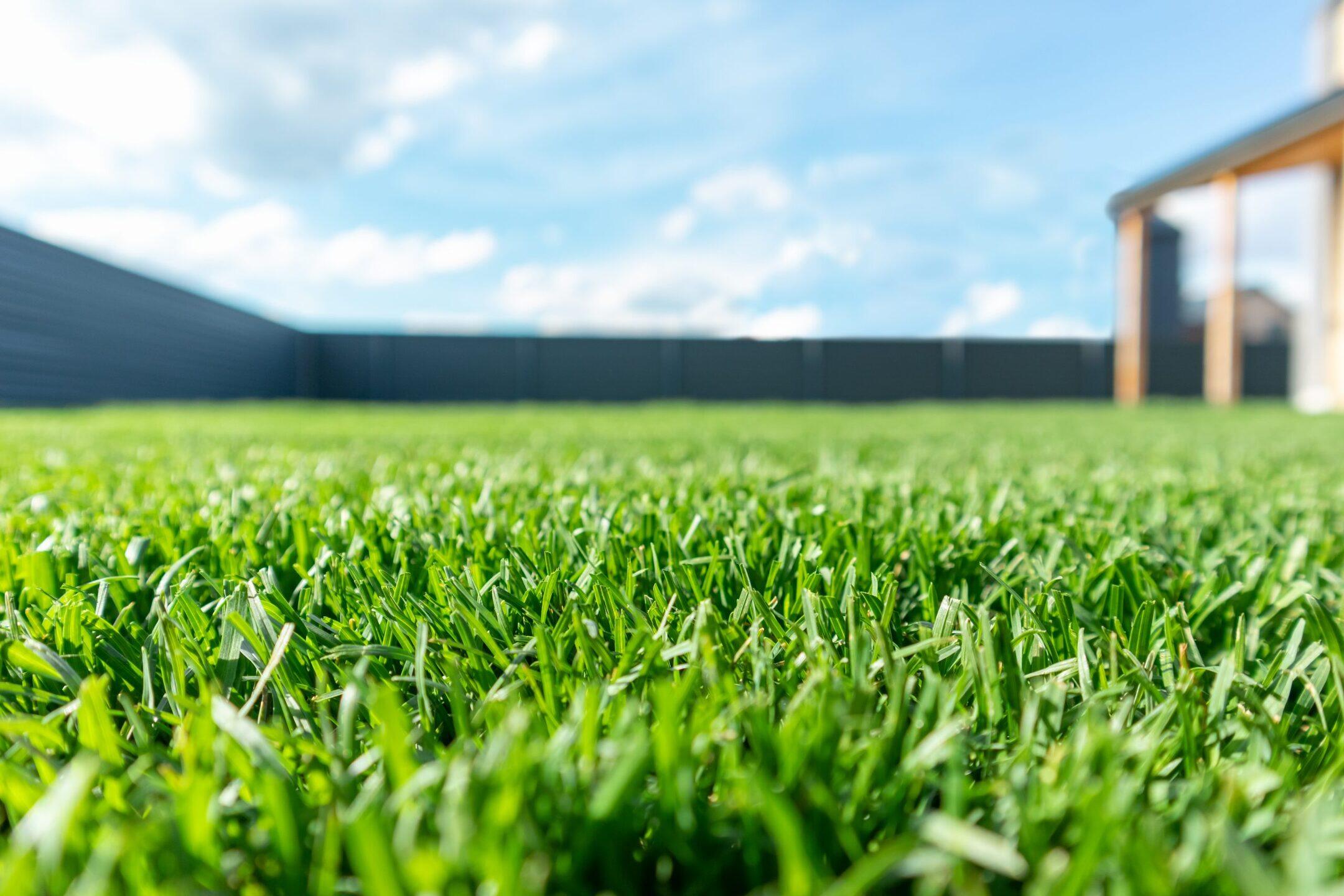

Garden Essentials
How To Seed Bermuda Grass In Texas
Modified: April 23, 2024
Learn how to seed Bermuda grass in your Texas garden. Follow our step-by-step guide for a lush, green lawn and thriving outdoor space.
(Many of the links in this article redirect to a specific reviewed product. Your purchase of these products through affiliate links helps to generate commission for Storables.com, at no extra cost. Learn more)
Introduction – Importance of seeding Bermuda grass in Texas
Seeding Bermuda grass is of utmost importance for homeowners and landscapers in Texas. Known for its ability to withstand the heat, drought, and high foot traffic, Bermuda grass is a popular choice for lawns, sports fields, and commercial landscapes across the state.
With its fine texture, vibrant green color, and resilience, Bermuda grass offers many benefits. It can tolerate the hot and dry climate that Texas experiences, making it an ideal turfgrass variety for this region. Seeding Bermuda grass not only improves the aesthetics of your outdoor spaces but also provides a durable and functional surface for various activities.
One of the main advantages of Bermuda grass is its ability to thrive in full sun exposure. Texas, with its long and hot summers, provides the perfect conditions for this warm-season grass to flourish. Seeding Bermuda grass allows homeowners and businesses to establish a lush and vibrant lawn that can withstand the scorching temperatures.
Furthermore, Bermuda grass is known for its exceptional tolerance to foot traffic and play. Whether you have an active family or host outdoor gatherings and events, Bermuda grass can handle the wear and tear without losing its beauty. Seeding Bermuda grass ensures that your lawn remains resilient, green, and inviting, even in high-activity areas.
Another advantage of Bermuda grass is its ability to spread and fill in bare spots quickly. Once established, Bermuda grass forms a dense turf that helps crowd out weeds and prevent soil erosion. This characteristic makes it an excellent choice for areas with poor soil or that require rapid establishment.
Seeding Bermuda grass in Texas also contributes to water conservation efforts. Bermuda grass has a deep root system that allows it to access water from lower soil depths, reducing the need for frequent watering. Its drought tolerance makes it an environmentally friendly option for homeowners and businesses interested in sustainable landscaping practices.
To enjoy all these benefits, it is crucial to properly seed Bermuda grass in Texas. Understanding the climate, soil conditions, and selecting the appropriate Bermuda grass variety are key steps towards successful establishment. Additionally, following the right seeding methods and implementing proper post-seeding care and maintenance will help achieve a healthy and beautiful lawn.
In the following sections, we will explore in detail the climate and soil considerations for Bermuda grass, how to choose the right variety, the step-by-step process of seeding Bermuda grass, and the post-seeding care needed to ensure successful growth. We will also address common challenges and troubleshooting tips to help you overcome any issues that may arise during the seeding process.
Seeding Bermuda grass in Texas is a commitment, but the rewards are well worth it. By investing time and effort into proper seeding and maintenance practices, you can enjoy a vibrant, resilient, and beautiful lawn that will enhance your outdoor living experience for years to come.
Key Takeaways:
- Seeding Bermuda grass in Texas requires understanding the climate, soil, and choosing the right variety for optimal growth and resilience. Proper soil preparation and post-seeding care are essential for a lush and vibrant lawn.
- When seeding Bermuda grass in Texas, it’s important to select the right variety based on climate, soil type, and intended use. Consistent watering, fertilization, and addressing common challenges are key to a healthy and thriving lawn.
Read more: When To Dethatch Bermuda Grass In Texas
Climate and Soil Considerations – Understanding the Climate and Soil Conditions in Texas
When it comes to seeding Bermuda grass in Texas, it’s crucial to have a good understanding of the climate and soil conditions in order to achieve successful growth. Texas is known for its diverse climate zones, ranging from humid subtropical in the east to arid in the west. Each region has its own unique set of conditions that can influence the growth and development of Bermuda grass.
Optimal temperature and moisture levels are essential for Bermuda grass growth. In Texas, the warm-season grass thrives in hot and sunny conditions. It requires a minimum soil temperature of around 65°F (18°C) for seed germination and consistently warm temperatures for proper growth. Therefore, it’s recommended to seed Bermuda grass in Texas during the late spring or early summer when soil temperatures are ideal and the risk of frost has passed.
Moisture is another important factor to consider. While Bermuda grass is known for its drought tolerance, it still requires adequate moisture for establishment and healthy growth. Proper irrigation is crucial during the initial stages of seeding to ensure good seed germination and root development. However, it’s important to strike a balance and avoid overwatering, as excessive moisture can lead to diseases and shallow root growth.
Aside from climate considerations, understanding the soil conditions in Texas is equally important. Bermuda grass prefers well-drained soils with good airflow. It can tolerate a wide range of soil types, including sandy soils, loamy soils, and clay soils. However, proper soil preparation is crucial to create an optimal growing environment for Bermuda grass.
Performing a soil test is highly recommended to assess the nutrient levels and pH of the soil. Bermuda grass thrives in slightly acidic to neutral soil with a pH range of 6.0 to 7.0. If the soil pH is too low or too high, it may affect the availability of essential nutrients to the grass. Adjusting the pH level through soil amendments such as lime or sulfur can help create an ideal growing environment for Bermuda grass.
Furthermore, soil compaction can hinder Bermuda grass root development and growth. If the soil is compacted, it’s important to aerate the area before seeding. Aeration helps break up compacted soil and allows for better water and nutrient penetration to the roots. This can be done using a core aerator or a manual aerator, depending on the size of the area.
Lastly, proper soil leveling is essential for even seed distribution and uniform growth of Bermuda grass. Uneven or bumpy surfaces can result in poor seed contact with the soil, which can hinder germination and lead to an uneven lawn. Before seeding, remove any rocks, debris, or existing vegetation, and level the soil using a rake or a drag mat.
By understanding the climate and soil conditions in Texas and taking the necessary steps to optimize them, you can provide the ideal environment for successful Bermuda grass growth. The next step is selecting the right Bermuda grass variety that is well-suited for your specific location, which we will explore in the next section.
Choosing the Right Bermuda Grass Variety – Different Types of Bermuda Grass Suitable for Texas
When it comes to seeding Bermuda grass in Texas, selecting the right variety is crucial for ensuring successful growth and maximum performance. Texas offers a diverse range of climates and soil conditions, and different Bermuda grass varieties have adapted to thrive in specific regions. Understanding the characteristics of various types of Bermuda grass will help you choose the best variety for your specific location and needs.
1. Tifway 419 Bermuda grass: This popular Bermuda grass variety is known for its dense turf, fine texture, and excellent wear tolerance. Tifway 419 is widely used for sports fields, golf courses, and high-traffic areas due to its ability to withstand heavy use and recover quickly. It performs well in full sun exposure and requires regular mowing and maintenance.
2. Celebration Bermuda grass: This variety is known for its deep green color, durability, and ability to retain its color even during the winter months. Celebration Bermuda grass has a strong root system, making it highly resistant to drought and foot traffic. It thrives in full sun environments and exhibits good disease resistance.
3. Princess 77 Bermuda grass: Ideal for homeowners and commercial landscapes, Princess 77 Bermuda grass offers dark green and fine-textured turf. It has excellent heat tolerance and good shade tolerance compared to other Bermuda grass varieties. Princess 77 can establish quickly and is known for its rapid recovery from damage.
4. Jubilee Bermuda grass: This variety is well-suited for transition zones in Texas, where both warm and cool season grasses are grown. Jubilee Bermuda grass exhibits good tolerance to shade and performs well in areas with moderate foot traffic. It has a medium texture and is known for its attractive blue-green color.
5. Sahara Bermuda grass: Developed specifically for drought-prone regions, Sahara Bermuda grass has excellent heat and drought tolerance. It can survive in areas with low rainfall and is characterized by its medium to coarse texture. Sahara Bermuda grass provides good coverage and thrives in full sun exposure.
When selecting the right Bermuda grass variety for your specific location, there are several factors to consider:
- Climatic conditions: Take into account the average temperature, rainfall, and sunlight exposure in your region. Choose a variety that is well-suited for the specific climate of your area to ensure optimal performance.
- Intended use: Consider the level of foot traffic the area will experience. If you have high activity areas, select a variety known for its wear tolerance and quick recovery from damage.
- Soil type: Determine the type of soil in your location, whether it is sandy, loamy, or clayey. Some varieties of Bermuda grass are better suited for certain soil types, so choose one that matches the characteristics of your soil.
- Aesthetic preferences: Each Bermuda grass variety has its own unique features, such as color, texture, and density. Consider your aesthetic preferences and choose a variety that aligns with your desired lawn appearance.
By considering these factors and understanding the different Bermuda grass varieties suitable for Texas, you can make an informed decision when choosing the right variety for your specific location. The next step in successfully seeding Bermuda grass is proper soil preparation, which we will discuss in the following section.
Preparing the Soil – Clearing the Area, Testing, and Leveling for Optimum Seed Germination
Before seeding Bermuda grass in Texas, proper soil preparation is essential to create an optimal environment for seed germination and growth. This process involves clearing the area, testing the soil, making necessary amendments, and properly leveling the soil surface.
The first step in preparing the soil is clearing the area of any existing vegetation, including weeds, grass, or debris. Use a lawn mower or a string trimmer to cut down any existing plants as close to the ground as possible. Remove the clippings and debris to ensure a clean surface for seeding.
Once the area is cleared, it’s important to conduct a soil test. A soil test provides valuable information about the nutrient levels, pH balance, and overall composition of the soil. Soil testing kits are available at garden centers or through local extension offices. Follow the instructions provided with the test kit to collect soil samples from various areas of your lawn.
After collecting the soil samples, send them to a reputable soil testing laboratory for analysis. The results of the soil test will indicate the existing nutrient levels in the soil, as well as any deficiencies or imbalances that need to be addressed. Based on the test results, you can make informed decisions about the necessary amendments to improve the soil fertility.
The most common soil amendments for Bermuda grass include lime, sulfur, and fertilizer. If the soil pH is below the recommended range of 6.0 to 7.0, you may need to add lime to raise the pH. On the other hand, if the pH is too high, you can use sulfur to lower it. Follow the recommendations provided by the soil test results for proper application rates.
In addition to adjusting the pH, it’s important to address any nutrient deficiencies identified in the soil test. Bermuda grass requires adequate levels of essential nutrients for healthy growth. Depending on the specific deficiencies outlined in the soil test, you may need to apply a balanced fertilizer or specific nutrient supplements to ensure optimal nutrient levels for germination and establishment.
Once the necessary amendments have been applied, the next step is to properly level the soil surface. Uneven or bumpy soil can hinder seed contact with the ground, affecting germination and resulting in an uneven lawn. Use a rake or a drag mat to smooth out the soil, ensuring a flat and level surface for seeding.
It’s important to note that Bermuda grass seeds are small, and they require good seed-to-soil contact for successful germination. Raking the soil gently will create a loose seedbed, which helps the seeds establish better contact with the soil. Avoid compacting or packing down the soil too firmly, as this can hinder seed germination.
By clearing the area of existing vegetation, conducting a soil test, making necessary amendments, and properly leveling the soil surface, you can create an optimal environment for Bermuda grass seed germination and establishment. The next step is choosing the appropriate seeding method, which we will discuss in the following section.
Seeding Methods – Broadcasting, Drilling, and Over-seeding
When it comes to seeding Bermuda grass in Texas, there are several methods you can choose from. Each method has its own advantages and considerations, depending on the specific needs of your lawn. The three main seeding methods for Bermuda grass are the broadcast seeding technique, the drill seeding technique, and over-seeding existing Bermuda grass areas.
1. Broadcast Seeding: The broadcast seeding technique involves spreading Bermuda grass seeds evenly across the desired area. This method is suitable for large, open spaces or when establishing a new lawn from scratch. To broadcast seed, use a handheld spreader, a mechanical seeder, or a grass seed spreader to distribute the seeds evenly over the soil surface.
When broadcasting Bermuda grass seeds, it’s essential to ensure uniform coverage. Divide the seed into smaller portions and make several passes over the area, changing directions with each pass to achieve even distribution. After spreading the seeds, lightly rake the soil surface to improve seed-to-soil contact.
2. Drill Seeding: Drill seeding involves the use of a seed drill or a slit seeder, which creates furrows or slits in the soil for the seeds to be placed into. This method provides better seed-to-soil contact, which promotes higher germination rates and reduces the risk of seed displacement.
When drill seeding Bermuda grass, adjust the seed drill or slit seeder to the recommended depth specified for the particular variety of Bermuda grass you are using. Ensure proper spacing between the furrows to avoid overcrowding of seedlings. Place the seeds into the furrows or slits and cover them with a thin layer of soil using the seed drill or a rake.
3. Over-seeding existing Bermuda grass areas: Over-seeding is a method used when you have an established Bermuda grass lawn but want to improve its density, fill in bare or thin spots, or introduce a new variety. This method helps rejuvenate the existing turf and can be done in the early spring or early fall when Bermuda grass is actively growing.
Prior to over-seeding, mow the lawn at a low height to expose the soil surface and provide better seed-to-soil contact. Remove any excess debris or thatch that may hinder seed germination. Use a slit seeder or a mechanical spreader to distribute the Bermuda grass seeds evenly over the existing turf. It’s important to avoid applying excessive seed, as this can lead to competition and hinder the growth of the existing grass.
After seeding, lightly rake the lawn to incorporate the seeds into the existing grass. Ensure that the seeds have good contact with the soil. Follow up with regular irrigation to keep the seeds moist and promote germination. It is also important to adjust your maintenance practices, such as mowing and fertilization, to accommodate the new seedlings.
Choosing the appropriate seeding method depends on various factors, including the size of the area, the condition of the soil, and whether you are establishing a new lawn or rejuvenating an existing one. Consider these factors when selecting the most suitable method for your Bermuda grass seeding project. Once the seeds are sown, it’s crucial to provide proper care and maintenance for successful germination, which we will discuss in the next section.
For seeding Bermuda grass in Texas, it’s best to do so in late spring or early summer when the soil temperature is consistently above 65°F. Make sure to prepare the soil by tilling and removing any debris before spreading the seeds evenly. Keep the soil moist but not waterlogged for the best germination results.
Read more: When To Plant Bermuda Grass Seed In Texas
Seeding Bermuda Grass: Step-by-Step Guide
Seeding Bermuda grass in Texas requires careful planning and execution to ensure successful establishment. Following a step-by-step guide will help you achieve the best results. Here is a comprehensive guide to help you through the process:
Step 1: Timing the seeding process: Timing is crucial for seeding Bermuda grass. Aim to seed during the late spring or early summer when soil temperatures consistently reach around 65°F (18°C) or higher. This timing allows for optimal seed germination and establishment, taking advantage of the warm weather while minimizing the risk of frost.
Step 2: Calculating the seed rate: Calculate the seed rate based on the recommended rate for the specific variety of Bermuda grass you are using. The seed rate will depend on factors like the desired turf density, area size, and expected seed germination rate. Generally, for a new lawn, use around 1 to 2 pounds of Bermuda grass seeds per 1,000 square feet of area.
Step 3: Spreading the seeds evenly: Spread the Bermuda grass seeds evenly using a handheld spreader, a mechanical seeder, or a grass seed spreader. Divide the seeds into smaller portions and make multiple passes over the area, changing directions with each pass to ensure even distribution. Take care to avoid clumping or uneven coverage, as this can result in patchy areas in the lawn.
Step 4: Covering the seeds with a thin layer of soil: After spreading the seeds, lightly cover them with a thin layer of soil. Use a rake or a drag mat to gently rake the soil over the seeds. This covering helps provide better seed-to-soil contact and protects the seeds from drying out or being disturbed by birds or other animals.
Step 5: Proper irrigation and watering practices: Proper irrigation is crucial for successful seed germination and establishment of Bermuda grass. After seeding, water the area gently and thoroughly to keep the seeds and the soil consistently moist. Avoid overwatering, as this can lead to shallow root growth or fungal diseases.
Depending on the weather conditions and soil moisture, you may need to water the seeded area multiple times a day at short intervals to retain moisture during the germination period. As the grass begins to grow, gradually reduce the frequency of watering while increasing the amount of water each time. Once the grass is established, follow a regular watering schedule based on the specific needs of Bermuda grass for your region.
During the initial stages of growth, it’s important to avoid heavy foot traffic on the seeded area to prevent damage to the emerging seedlings. Additionally, be mindful of weed control, as weeds can compete with Bermuda grass for nutrients and sunlight. If necessary, use appropriate weed control methods safe for Bermuda grass.
By following these step-by-step guidelines for seeding Bermuda grass, you can lay the foundation for a healthy, vibrant, and resilient lawn. Consistency and patience in caring for your newly seeded lawn will be rewarded with a lush and beautiful Bermuda grass landscape.
Post-Seeding Care and Maintenance
Proper care and maintenance are crucial after seeding Bermuda grass to ensure successful establishment and healthy growth. Here are key aspects to consider for post-seeding care:
Watering requirements for newly seeded Bermuda grass: Providing adequate moisture is essential during the germination and establishment stages. Water the seeded area lightly and frequently to keep the soil consistently moist. Aim for shallow, frequent watering sessions to prevent the seeds from drying out or being washed away. As the grass begins to grow, gradually reduce the frequency of watering while increasing the amount of water per session. This encourages deeper root growth. Monitor the soil moisture levels and adjust irrigation accordingly, ensuring that the soil remains consistently moist but not waterlogged.
Fertilization schedule and recommended products: Bermuda grass thrives when provided with the right nutrients. Fertilize the newly seeded area about four to six weeks after seeding. Use a balanced starter fertilizer with a higher phosphorus content to promote strong root development. Follow the manufacturer’s instructions carefully for application rates and timings. After the initial fertilization, continue with a regular fertilization schedule based on the specific needs of Bermuda grass for your region. Select a fertilizer with a ratio suited for Bermuda grass, such as a 15-5-10 or 16-4-8, and apply it according to the recommended rates. Consider using slow-release fertilizers to provide a steady supply of nutrients over time.
Controlling weeds and pests in the early stages: Weeds and pests can pose a threat to newly seeded Bermuda grass, competing with it for nutrients and sunlight. It’s important to address these challenges early on. Manual weed removal is recommended during the early stages to avoid applying herbicides that may harm the young grass. Carefully hand-pull weeds or use gentle weeding tools to remove them without disturbing the turf or newly germinated seedlings. As for pests, monitor the grass for signs of infestation, such as patchy areas or discoloration. If necessary, apply appropriate insecticides or pest control products specifically designed for Bermuda grass and safe for use on newly seeded lawns. Always read and follow the instructions on the product labels for optimal and safe application.
As the Bermuda grass establishes and grows stronger, it will become more resistant to weeds, pests, and environmental stress. Gradually transition to a regular lawn maintenance routine as the grass matures. This includes regular mowing, appropriate watering, and providing proper nutrition through fertilization. Avoid cutting the grass too short at once; instead, gradually decrease the mowing height over time to achieve the desired height. Leave the clippings on the lawn as they can act as a natural fertilizer.
Remember, consistency is key in caring for your newly seeded Bermuda grass. With proper post-seeding care and maintenance, you will soon witness the transformation of your lawn into a lush, healthy, and thriving Bermuda grass landscape.
Common Challenges and Troubleshooting
While seeding Bermuda grass in Texas, you may encounter certain challenges and problems. Understanding these issues and having effective solutions at hand can help ensure successful growth. Here are some common challenges and their potential solutions:
1. Poor seed germination: Low seed germination rates can occur due to several factors, such as inadequate soil contact, improper watering, or poor seed quality. Ensure that the seeds have good contact with the soil by raking or lightly covering them with a thin layer of soil. Monitor the moisture levels and water the area appropriately, avoiding over or under-watering. Use high-quality seeds from reputable sources to increase the chances of successful germination.
2. Uneven lawn appearance: Uneven growth or patchiness in the lawn can be a result of uneven seed distribution, poor seed-to-soil contact, or insufficient seeds in certain areas. Take care to spread the seeds evenly during the seeding process. Rake the soil gently to improve seed-to-soil contact. If necessary, overseed the areas that appear thin or bare. This will help fill in the gaps and promote a more uniform lawn appearance.
3. Weed competition: Weeds can compete with Bermuda grass for nutrients, sunlight, and water. To address weed issues, it’s important to maintain a healthy and dense Bermuda grass turf. Regular mowing at the appropriate height, proper irrigation, and fertilization can help promote a strong grass stand, limiting weed growth. If weeds do appear, use manual weeding techniques or selective herbicides that are safe for Bermuda grass and newly seeded lawns.
4. Disease and pest infestations: Bermuda grass can be susceptible to certain diseases, such as brown patch or dollar spot, as well as pests like armyworms or grubs. Proper cultural practices, such as avoiding overwatering and providing adequate air circulation, can help prevent disease issues. Monitoring the lawn for signs of pests and addressing them early can help prevent significant damage. If needed, consult with a local extension office or professional to identify the specific disease or pest issue and recommend appropriate treatment methods.
5. Nutrient deficiencies: Nutrient deficiencies can affect the growth and health of Bermuda grass. Conduct a soil test before seeding to identify any nutrient imbalances or deficiencies. Based on the test results, feed the lawn with a balanced fertilizer or specific nutrient supplements to address the issues. Follow the recommended application rates and schedules to provide the necessary nutrients for optimal growth.
Regular monitoring, proper maintenance, and addressing issues promptly will help troubleshoot common problems during the seeding process. Remember that Bermuda grass is resilient and can recover well with proper care and attention.
If you encounter persistent or severe issues, it’s advisable to consult with a local horticulture expert, extension office, or professional lawn care service. They can provide specific advice tailored to your specific geographic area and offer solutions for overcoming challenges in growing Bermuda grass in Texas.
By being proactive and responsive to challenges that may arise, you can ensure a healthy and thriving Bermuda grass lawn.
Final Thoughts – Seeding Bermuda Grass in Texas
Seeding Bermuda grass in Texas requires careful planning, proper preparation, and ongoing maintenance. To recap the key points and considerations for successful establishment, here are the main takeaways:
– Understanding the climate and soil conditions: Texas has diverse climate zones, so it’s important to choose a Bermuda grass variety that is well-suited for your specific region. Consider the optimal temperature and moisture levels for Bermuda grass growth. Test your soil to assess nutrient levels, pH balance, and soil type, making necessary amendments to create an ideal growing environment.
– Choosing the right Bermuda grass variety: Select a Bermuda grass variety that suits your climate, intended use, soil type, and aesthetic preferences. Consider factors such as wear tolerance, shade tolerance, and recovery capabilities. Each Bermuda grass variety has its own unique characteristics, so choose one that aligns with your specific needs and desires.
– Preparing the soil: Clear the area of existing vegetation, perform a soil test, adjust the pH balance if needed, and properly level the soil surface. Good soil preparation is essential for optimal seed germination and establishment.
– Seeding methods: Choose the appropriate seeding method based on your specific needs. Broadcast seeding is suitable for establishing a new lawn, drill seeding provides better seed-to-soil contact, and over-seeding is useful for improving the density of an existing Bermuda grass lawn.
– Post-seeding care and maintenance: Water newly seeded Bermuda grass regularly to keep the soil consistently moist but avoid overwatering. Follow a fertilization schedule based on the specific needs of Bermuda grass, starting with a balanced starter fertilizer. Be mindful of controlling weeds and pests during the early stages of growth to prevent competition and damage to the seedlings.
– Common challenges and troubleshooting: Be prepared to address common challenges such as poor seed germination, uneven lawn appearance, weed competition, and nutrient deficiencies. Have effective solutions in hand, such as adjusting seed coverage, improving seed-to-soil contact, practicing proper lawn care techniques, and seeking professional advice if needed.
Finally, it’s important to emphasize that seeding Bermuda grass in Texas requires commitment and patience. It takes time for the seeds to germinate, the grass to establish, and the lawn to reach its full potential. Consistency in watering, fertilization, and other maintenance practices is essential for long-term success. Regular monitoring, proactive care, and timely troubleshooting will help you overcome challenges and maintain a healthy and vibrant Bermuda grass lawn in Texas.
By incorporating these key considerations and committing to the ongoing care and maintenance of Bermuda grass, you can enjoy a beautiful, resilient, and lush lawn that enhances your outdoor spaces and provides a vibrant green backdrop for your Texas landscape.
Frequently Asked Questions about How To Seed Bermuda Grass In Texas
Was this page helpful?
At Storables.com, we guarantee accurate and reliable information. Our content, validated by Expert Board Contributors, is crafted following stringent Editorial Policies. We're committed to providing you with well-researched, expert-backed insights for all your informational needs.
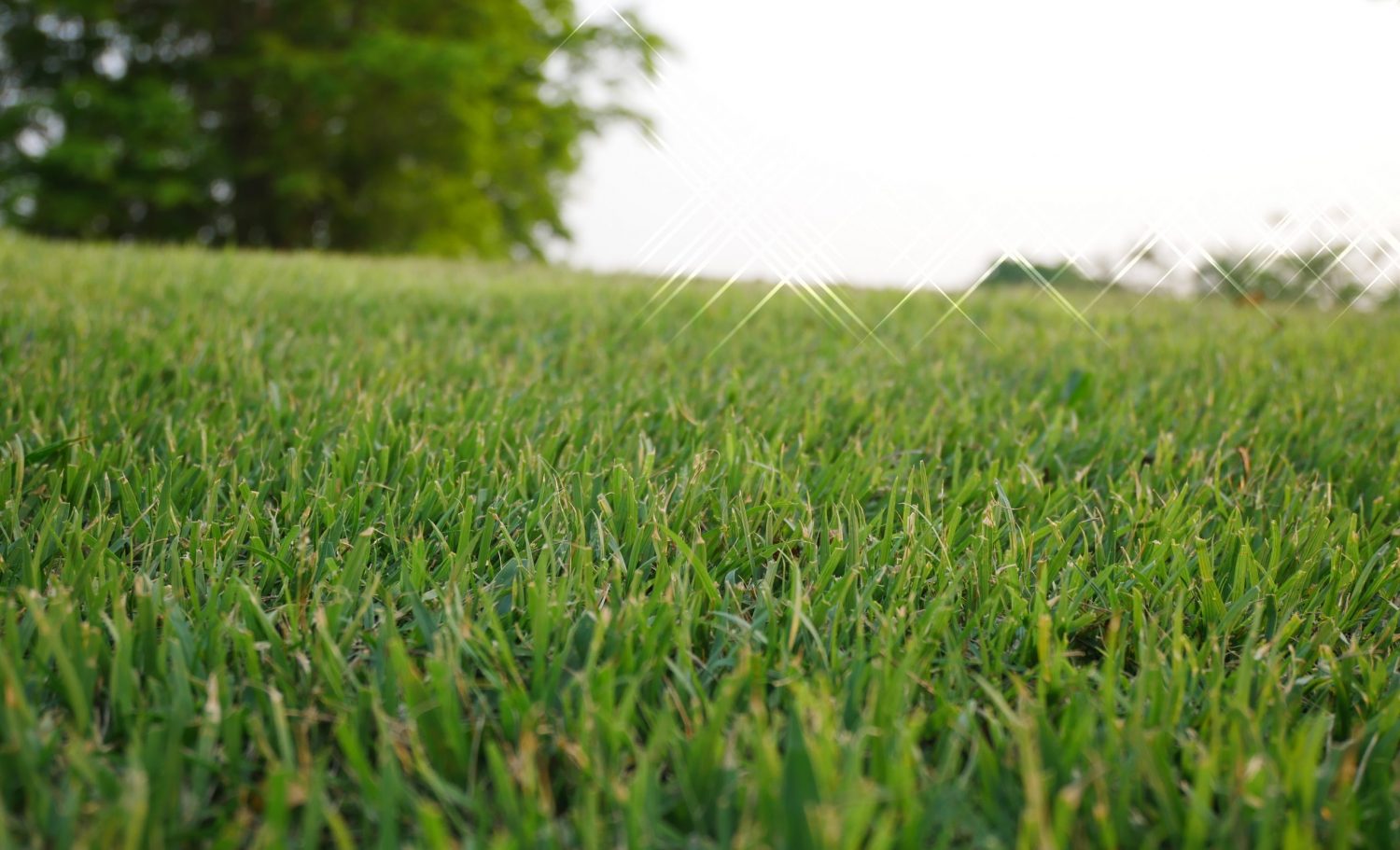
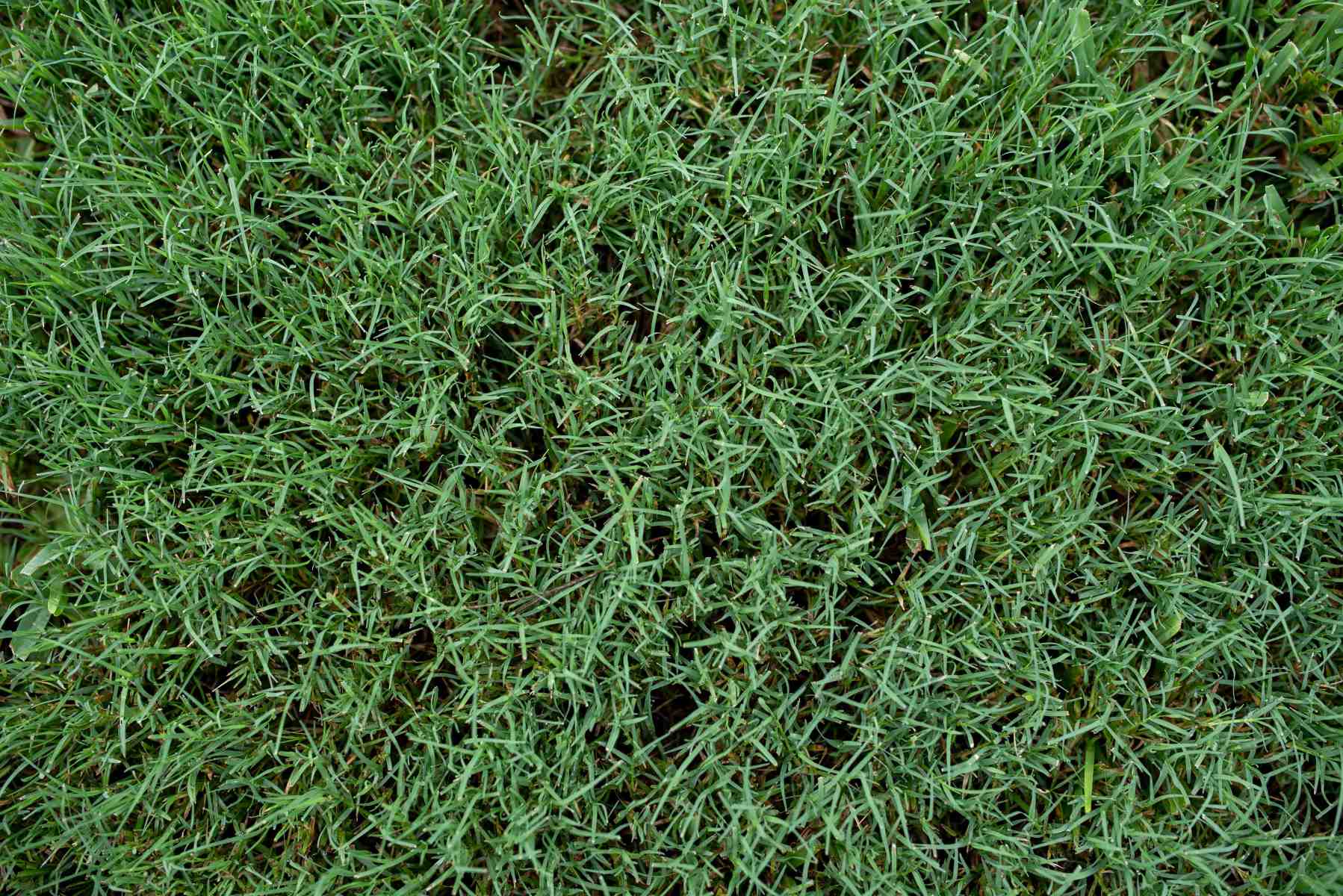
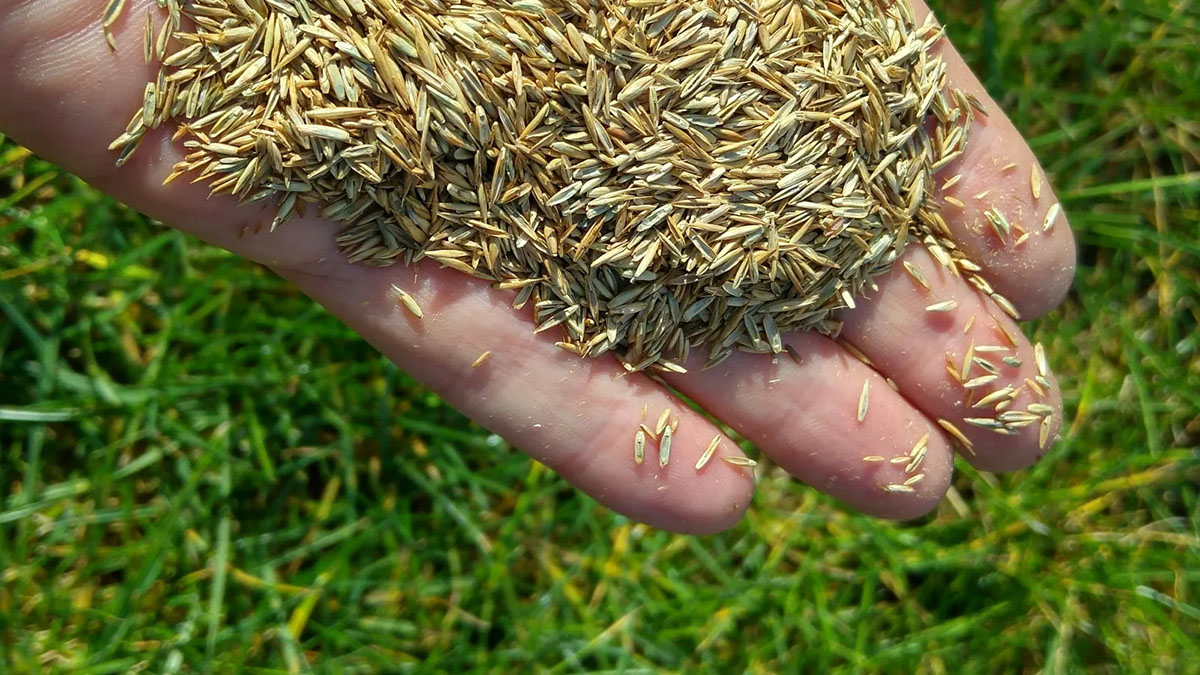

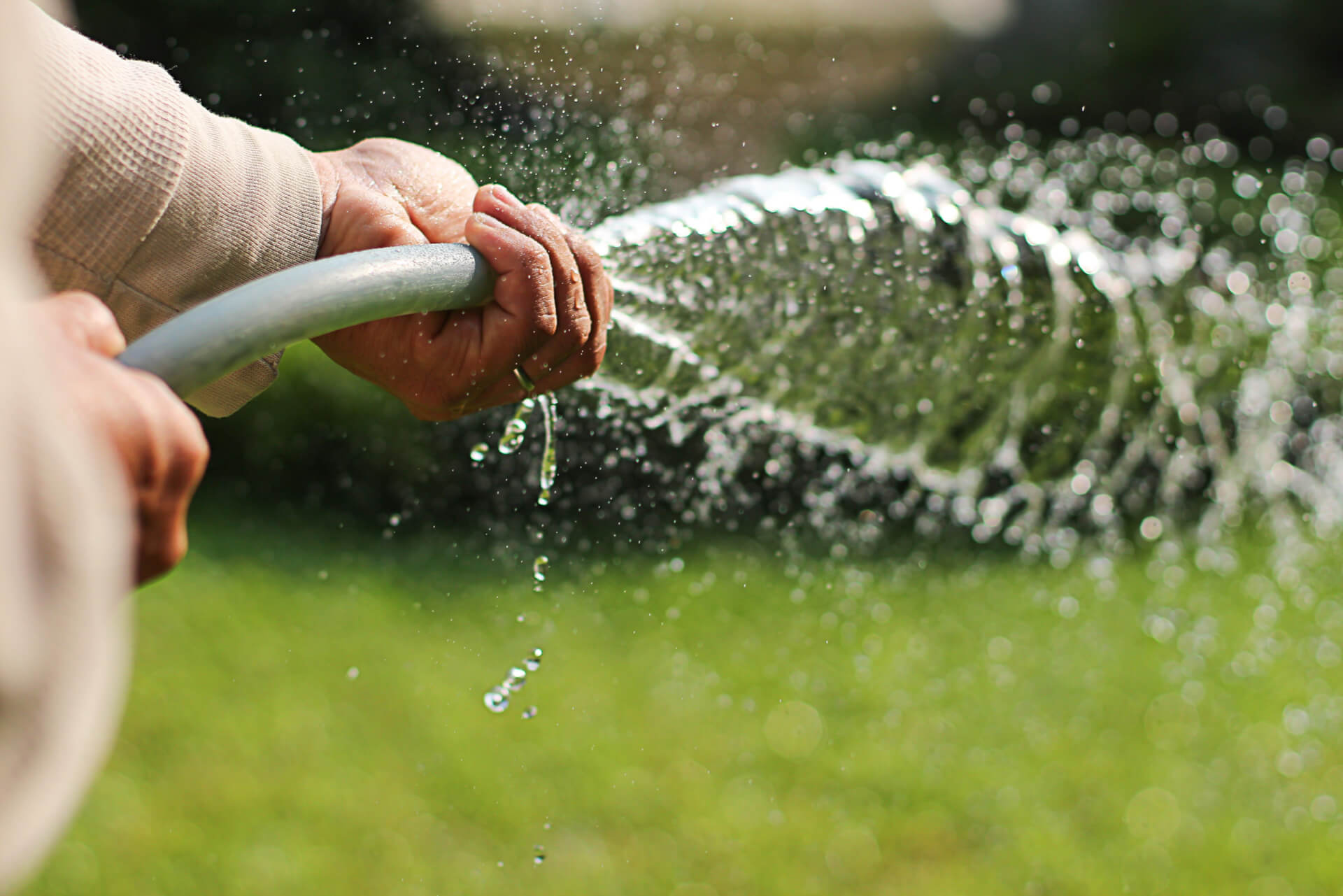
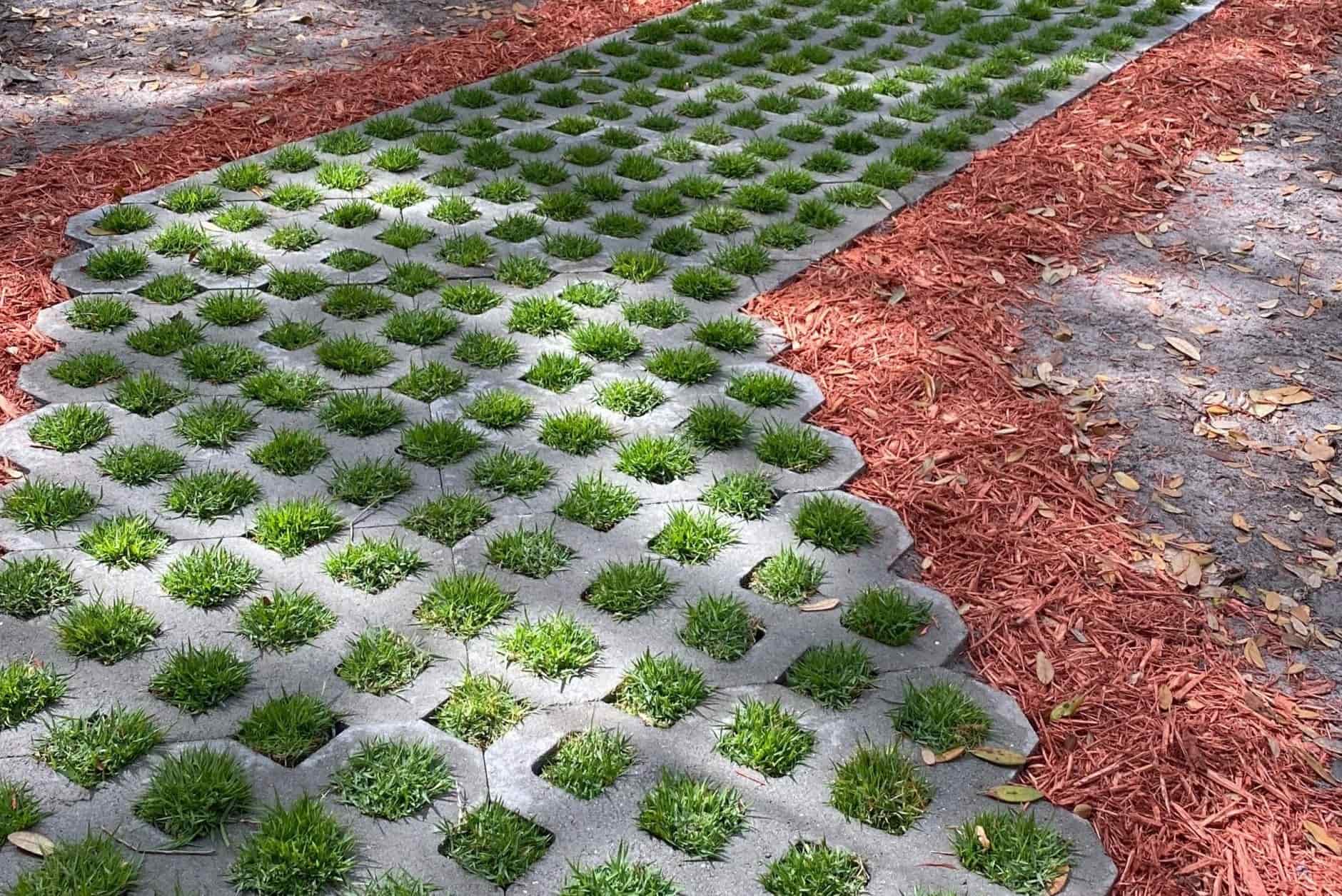
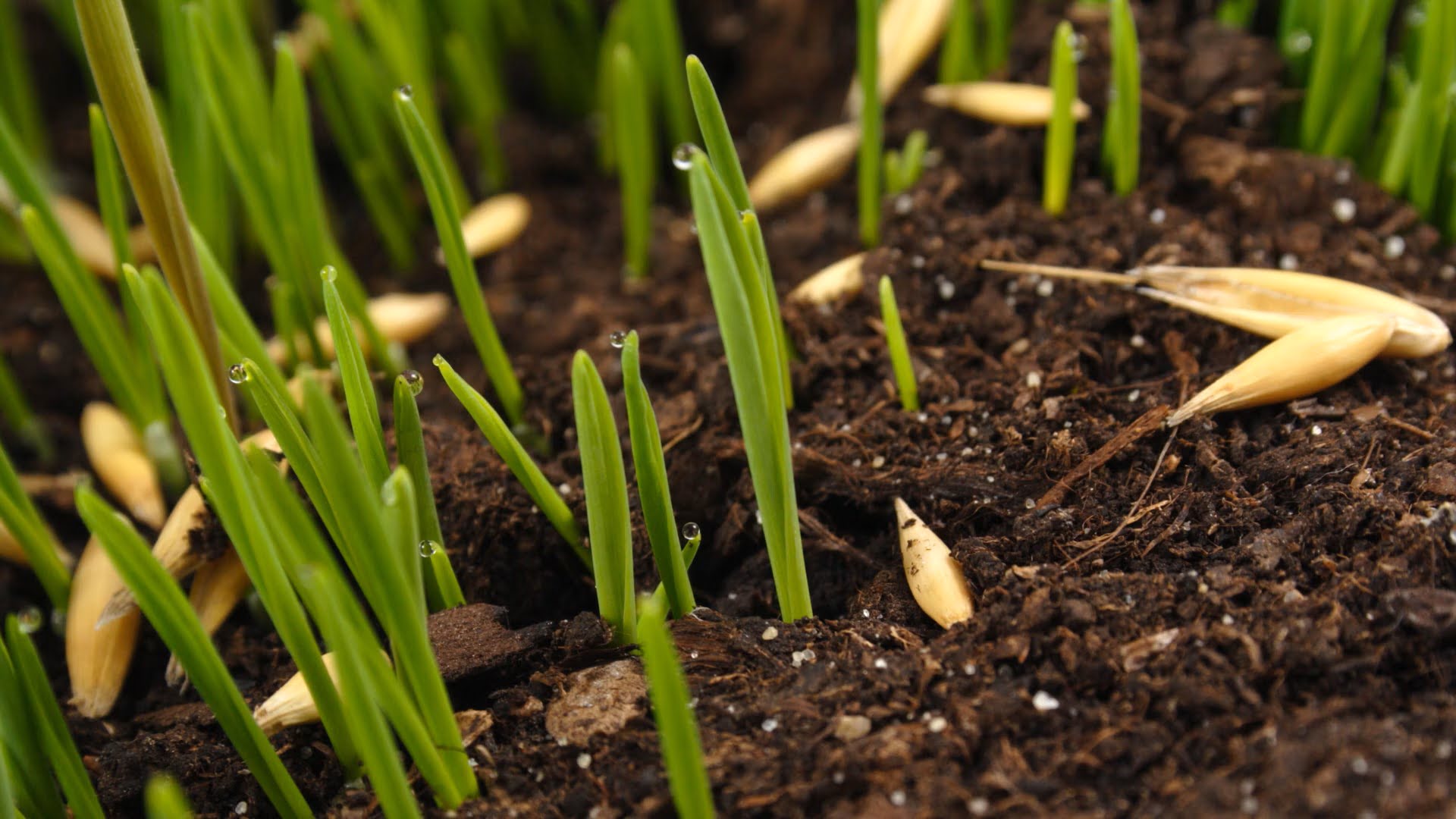
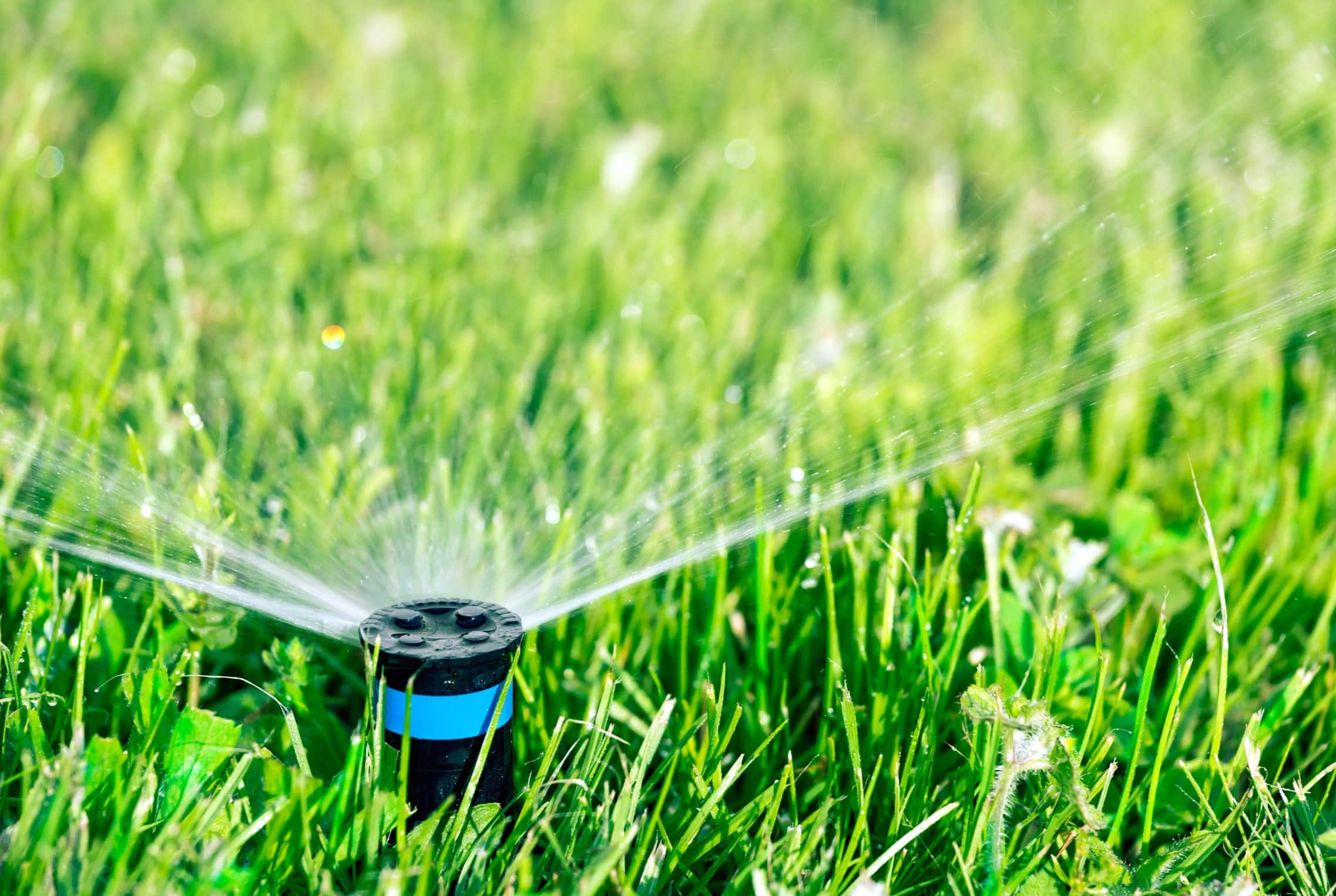
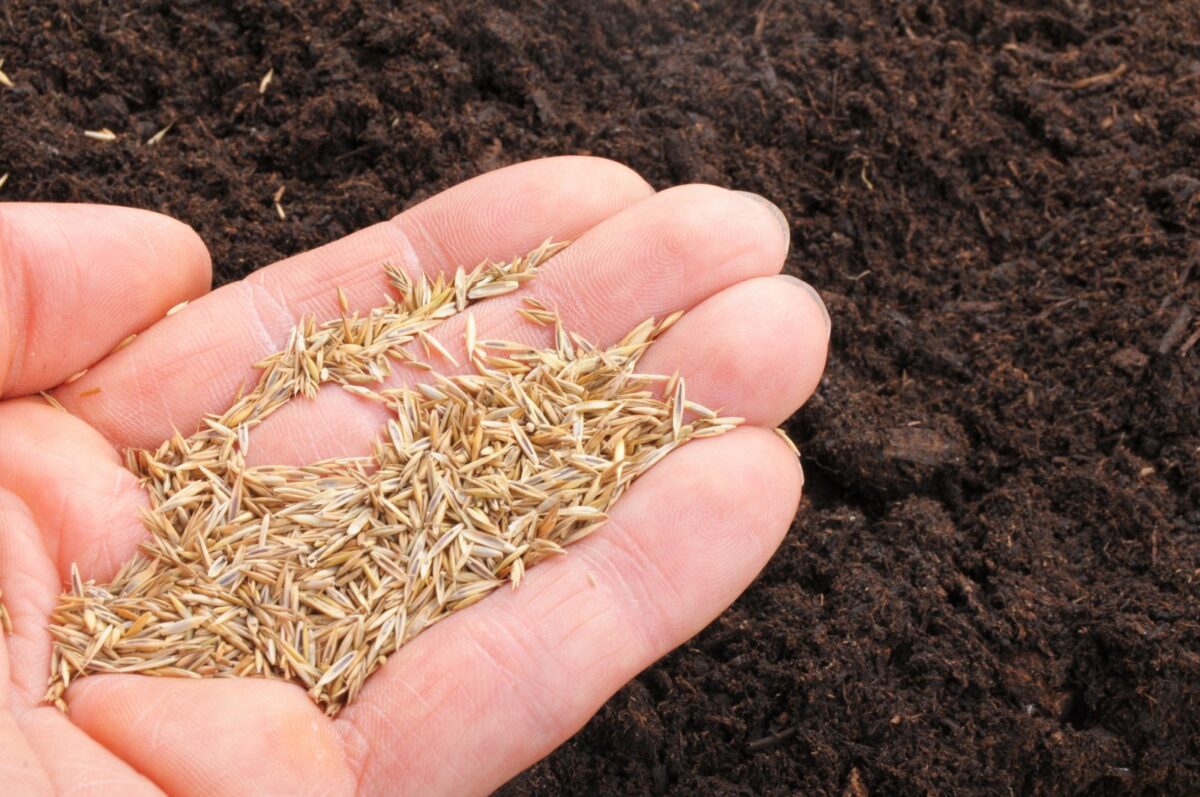
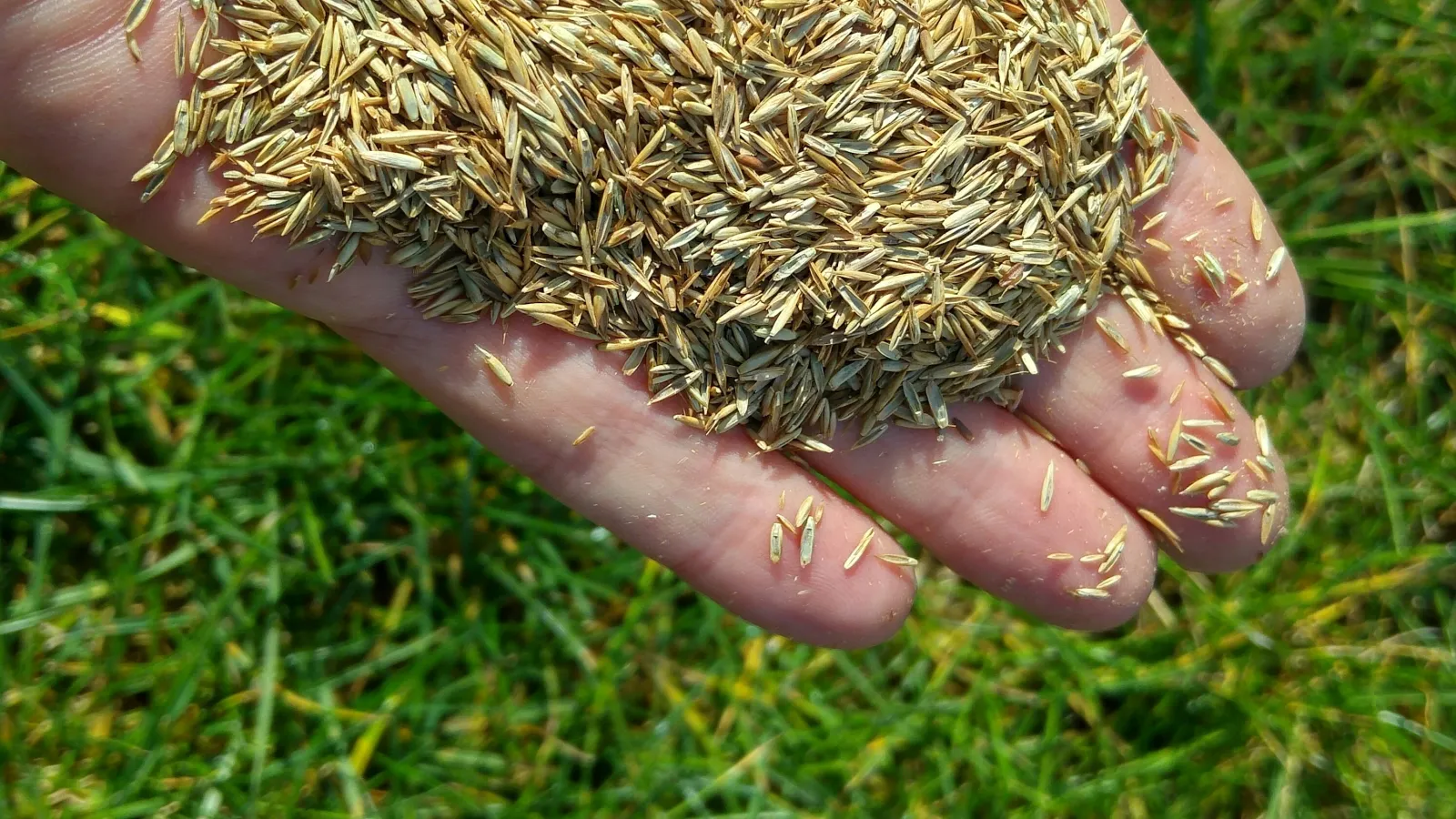
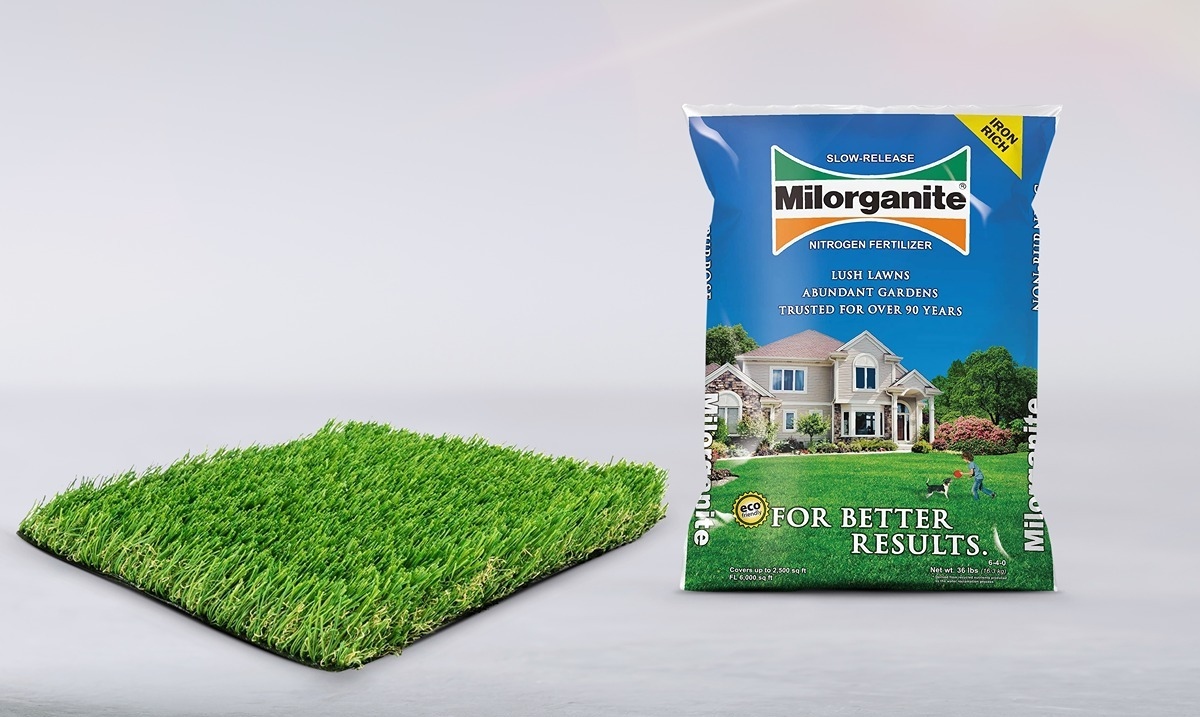
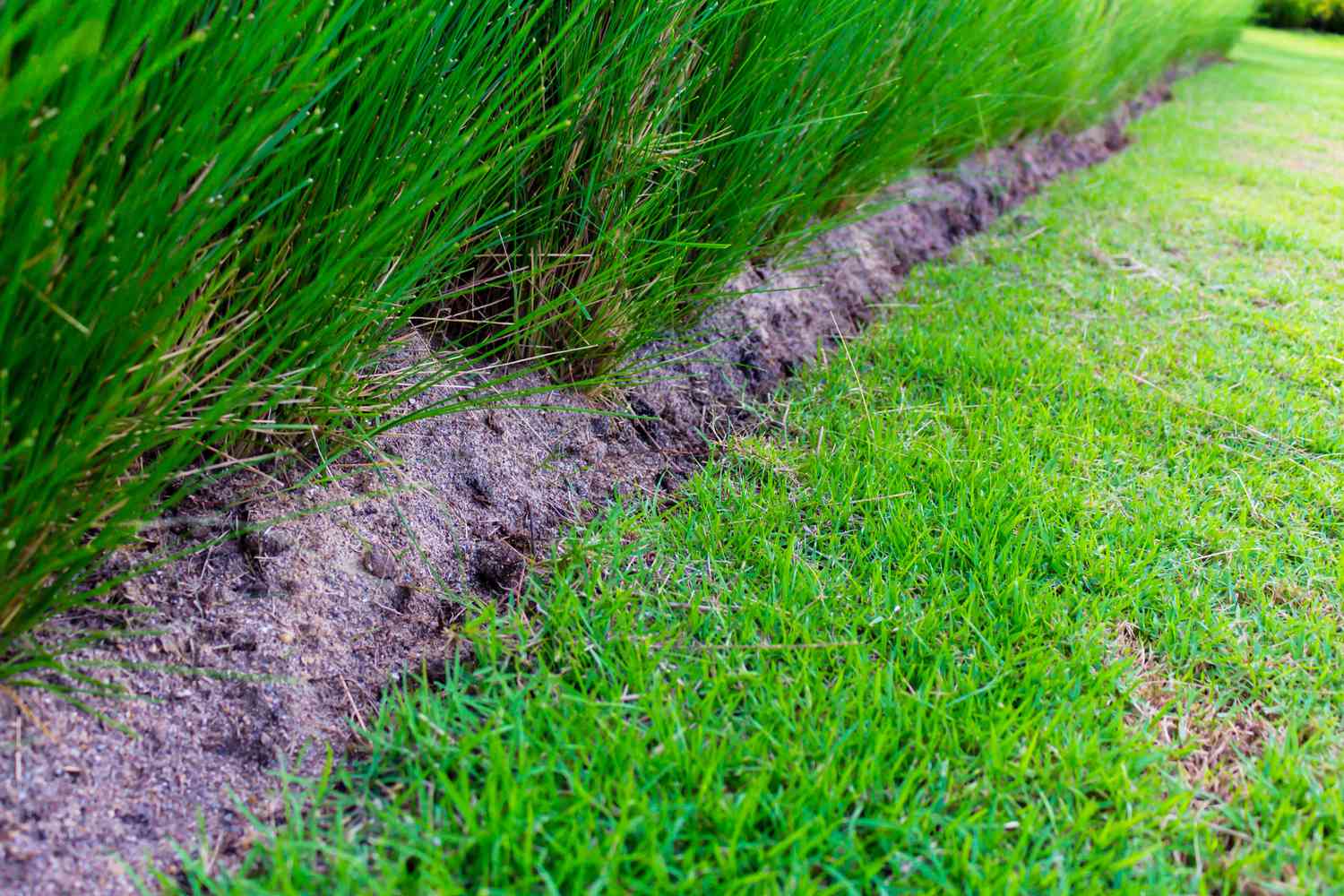
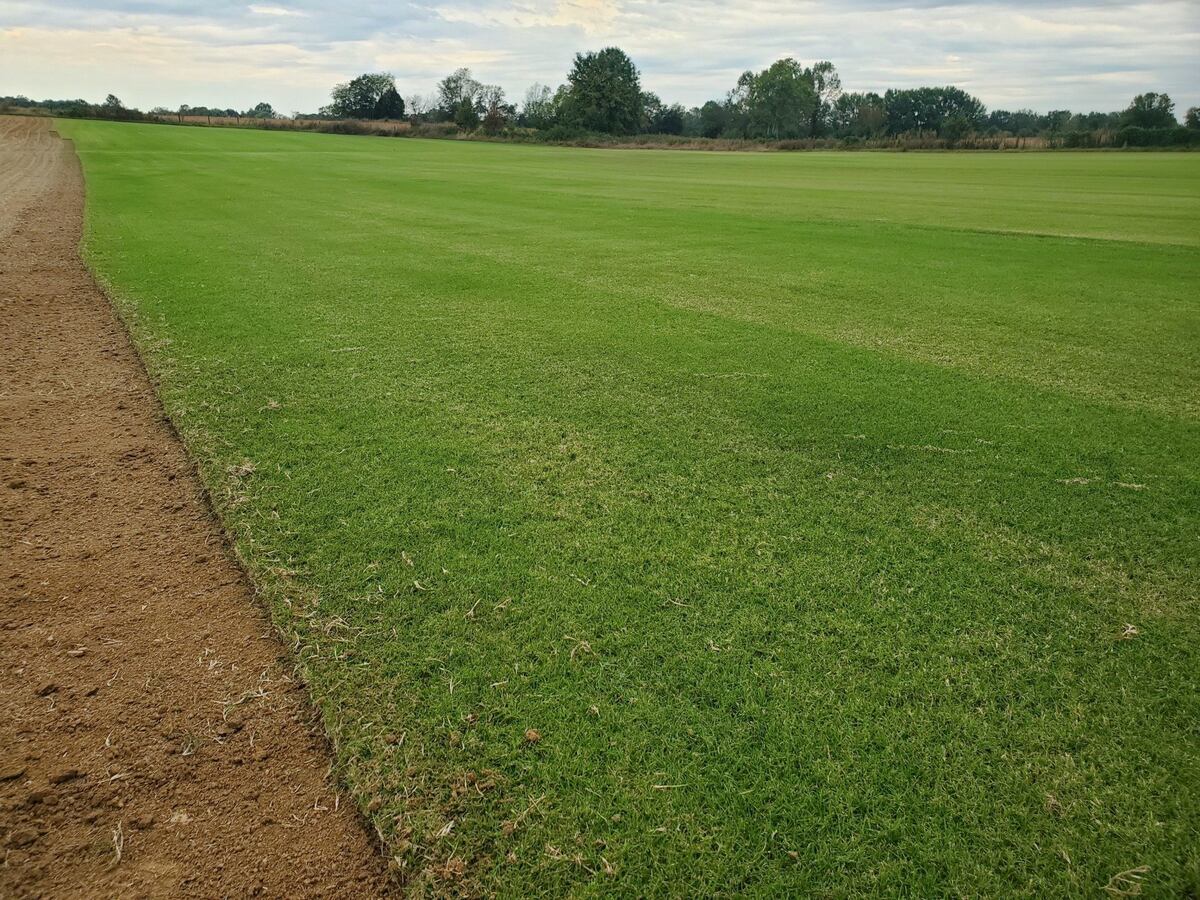
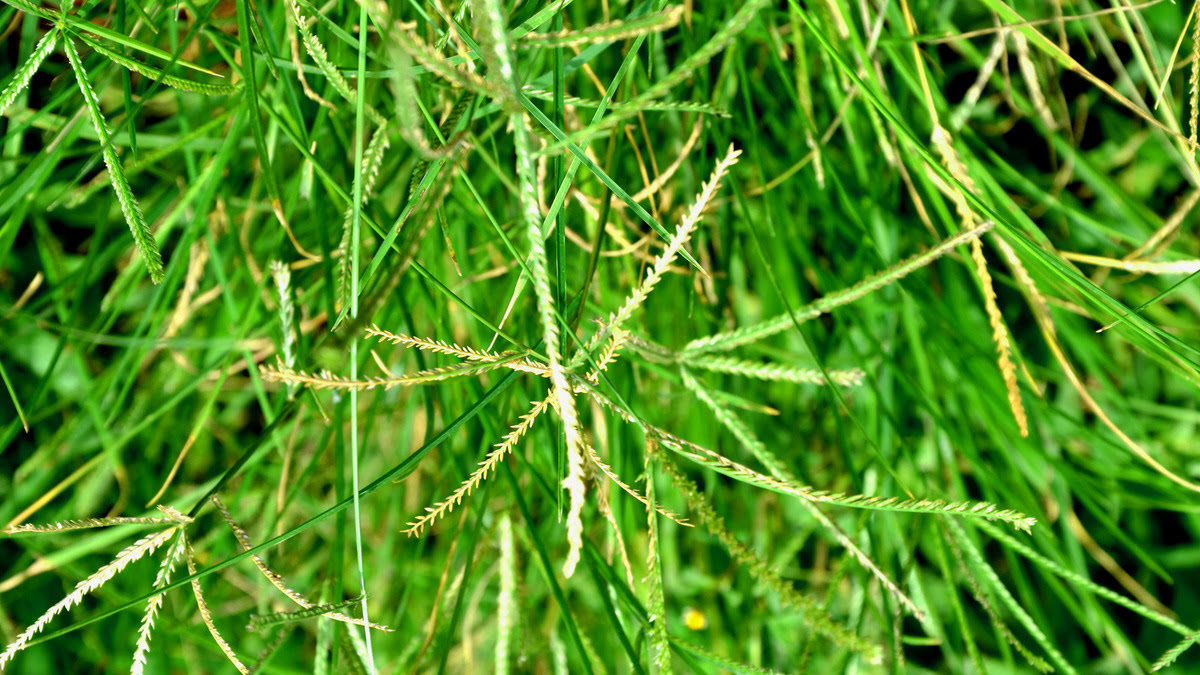

0 thoughts on “How To Seed Bermuda Grass In Texas”